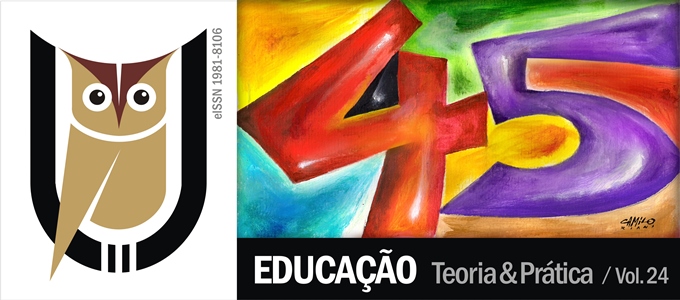Sexting: the spectacularization of sexuality
DOI:
https://doi.org/10.18675/1981-8106.vol24.n45.p197-215Keywords:
Sexting. Sexuality. Digital technologies.Abstract
Sexting is a term that was created in the United States and refers to the act of sending messages of sexual content. Sexting consists in the use of different digital technologies (cell phones, internet, etc.) present in our society, in order to expose the sexuality. In this article, it was analyzed some reports, news, blogs, comments, posted on the Internet in order to investigate the statements about the spectacularization of sexuality. Thus, it was used the internet as a tool for data producing. While performing the analysis of the empirical data, it was noticed some loosening in boundaries between what is considered the public and private scope, which can be understood as a condition of possibility for the emergence of the sexting. Adolescents are using digital technology to make the spectacularization of the self, i.e. to gain visibility and become the outcoming personality. Along with this comes a growing number of individuals who are concerned to examine and scrutinize the lives of others. It was considered to be important to focus on the studies of sexting, once it was understood as a recent practice, that was installed in our society and is bringing some reconfigurations in the understanding of sexuality.Downloads
Additional Files
Published
How to Cite
Issue
Section
License
Authors who publish in this journal agree to the following terms:
a) Authors assign copyright to the journal, with the work simultaneously licensed under the Creative Commons Attribution License that allows sharing of the work with acknowledgment of authorship and publication in this journal.
b) The policy adopted by the Editorial Committee is to assign copyright only after a period of 30 months from the date of publication of the article. After this time, authors interested in publishing the same text in another work must send a letter to the Editorial Committee requesting the release of the assignment of copyright and wait for a response.
c) This journal provides public access to all its content, since this allows greater visibility and reach of published articles and reviews. For more information on this approach, visit the Public Knowledge Project, a project that developed this system to improve the academic and public quality of research, by distributing OJS as well as other software to support the public access publication system to academic sources. The names and email addresses on this website will be used exclusively for the purposes of the journal and will not be available for other purposes. This journal provides open any other party  This work is licensed under a Creative Commons License
This work is licensed under a Creative Commons License











